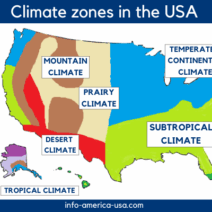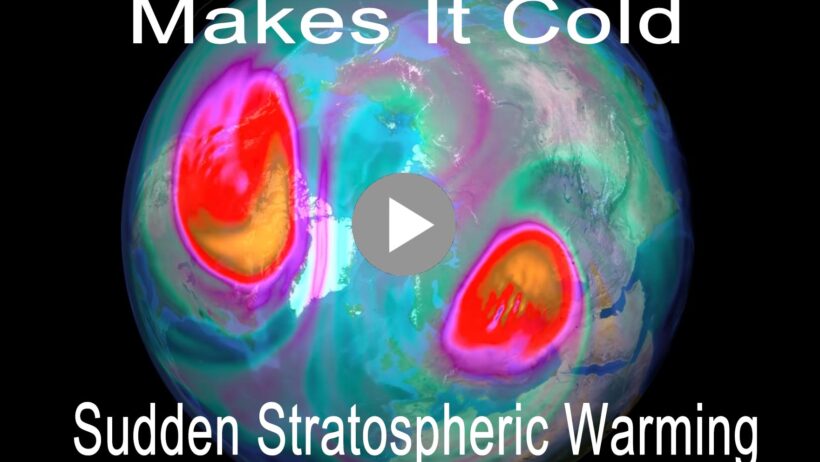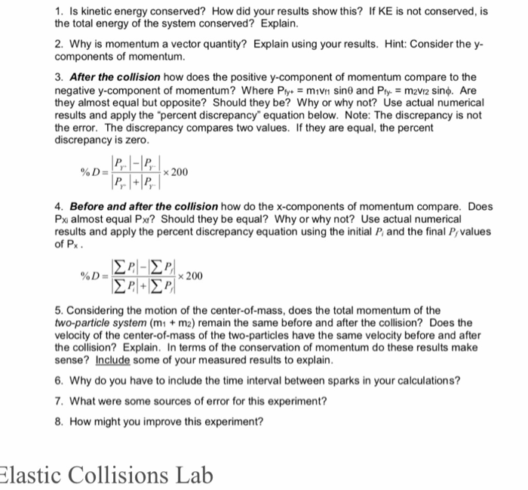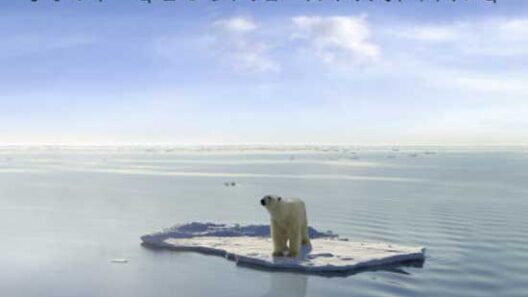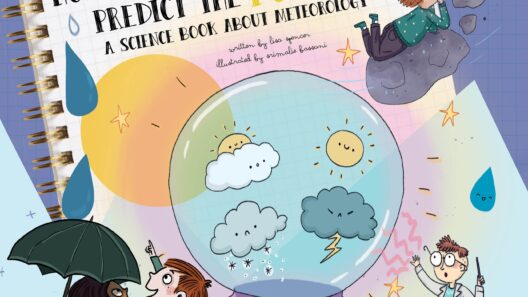The Polar Vortex is a meteorological phenomenon that has fascinated scientists and laypeople alike for generations. Often synonymous with extreme winter conditions, the polar vortex consists of a large area of low pressure and cold air surrounding the Earth’s poles. This expansive awning of chilly air plays an integral role in determining northern hemisphere winter weather patterns. As global warming continues to reshape our climate, an intriguing question arises: how is the polar vortex, traditionally perceived as a stable frigid entity, affected by rising global temperatures? This investigation into the polar vortex offers a critical understanding of its complex relationship with climate change.
To comprehend the polar vortex, we first need a clear definition. The polar vortex is the whirlpool of cold air that typically encircles the Arctic region. When functioning normally, this vortex keeps the frigid air confined to polar territories. However, under certain circumstances, such as those influenced by climate change, this stable structure can become disrupted. This disarray can have severe ramifications that extend far beyond the Arctic, causing an array of unexpected weather events throughout the mid-latitudes.
The dynamics of the polar vortex are intricate. It consists of both stratospheric and tropospheric components, which interact in ways that can be influenced by various climatic factors. One of the critical drivers causing disturbances in the polar vortex is the warming of the stratosphere. As greenhouse gases increase in our atmosphere, they lead to a rise in stratospheric temperatures. This warming can weaken the polar vortex, allowing cold air masses to break free and plunge southward into areas that might not typically experience such extreme temperatures.
One of the most compelling aspects of this phenomenon is the role of Arctic sea ice loss. As ice diminishes, the Arctic warms faster than the lower latitudes— a concept known as Arctic amplification. This differential heating can cause the polar vortex to become unstable, which in turn can lead to extreme winter weather patterns in regions like North America and Europe. The connection might initially seem tenuous, yet the effects are tangible and significant. Keep in mind that when the polar vortex weakens, it can create a situation where cold air is unleashed, resulting in bitterly cold arctic blasts across entire continents.
Besides dipping temperatures, the disruption of the polar vortex can also manifest in extensive variations in weather systems, influencing precipitation patterns and storms. For example, a weakened polar vortex can lead to increased snowfall in some areas, while other regions may suffer from drought conditions. The unpredictability linked with these shifts is creating a puzzle; experts are striving to decipher how these interactions will evolve in a warming world. This emerging data provides us with a promising but perplexing glimpse into future climate scenarios.
The impact of the polar vortex and its aberrations can also result in economic ramifications. Infrastructure and energy demands rise in response to extreme cold spells. Increased heating costs, coupled with disruptions to transportation systems, can have real financial consequences for communities and governments alike. Similarly, instances of unusual warmth during winter months can lead to agricultural stress, affecting crop yields and food prices around the globe. Understanding and anticipating the behavior of the polar vortex is crucial for effective crisis management, risk assessment, and policy planning in an era of climate change.
Furthermore, public perception of climate change often oscillates between extremes—where individuals might regard global warming as synonymous with unprecedented warmth solely. This misinterpretation can lead to confusion and misunderstandings about the actual mechanics of climate variability. By fostering inquiry about the polar vortex and elucidating its paradoxical relationship with global warming, we can reframe the conversation around climate change. It is not merely a matter of warmer summers or milder winters but rather a complex dance of elements that interact in ways we are only beginning to fully appreciate.
Scientific exploration plays a crucial role in decoding these phenomena. While the intricacies of the polar vortex and its relationship to climate change present a substantial challenge, advancements in technology and modeling techniques are allowing scientists to improve their predictive capabilities. They are leveraging powerful climate models to simulate various scenarios and scrutinize the implications of rising greenhouse gas concentrations. These predictive models serve as valuable tools not only for understanding current trends but also for formulating strategies to mitigate the severe outcomes of climate change.
Envisioning solutions necessitates a comprehensive approach—one that combines scientific insight with concrete policy action. Engaging stakeholders from various sectors, including urban planners, environmental organizations, and the public, is vital in constructing adaptive strategies that address the implications of the shifting polar vortex. Communication is essential to foster a better understanding of how these climatic changes can affect daily lives and to inspire collective action in reducing greenhouse gas emissions.
The polar vortex remains an enigmatic component of our climate system but is no longer wholly elusive. It captures the interplay between extreme cold and global warming, shedding light on a paradox that challenges our conventional understanding of climatic trends. As we unravel this puzzle, we open the door to new perspectives regarding climate change, resilience, and our place within the natural world. In this age of transformation, it is imperative to remain vigilant and inquisitive, as the implications of our warming planet become ever more apparent in the myriad phenomena that shape our weather—and our future.

